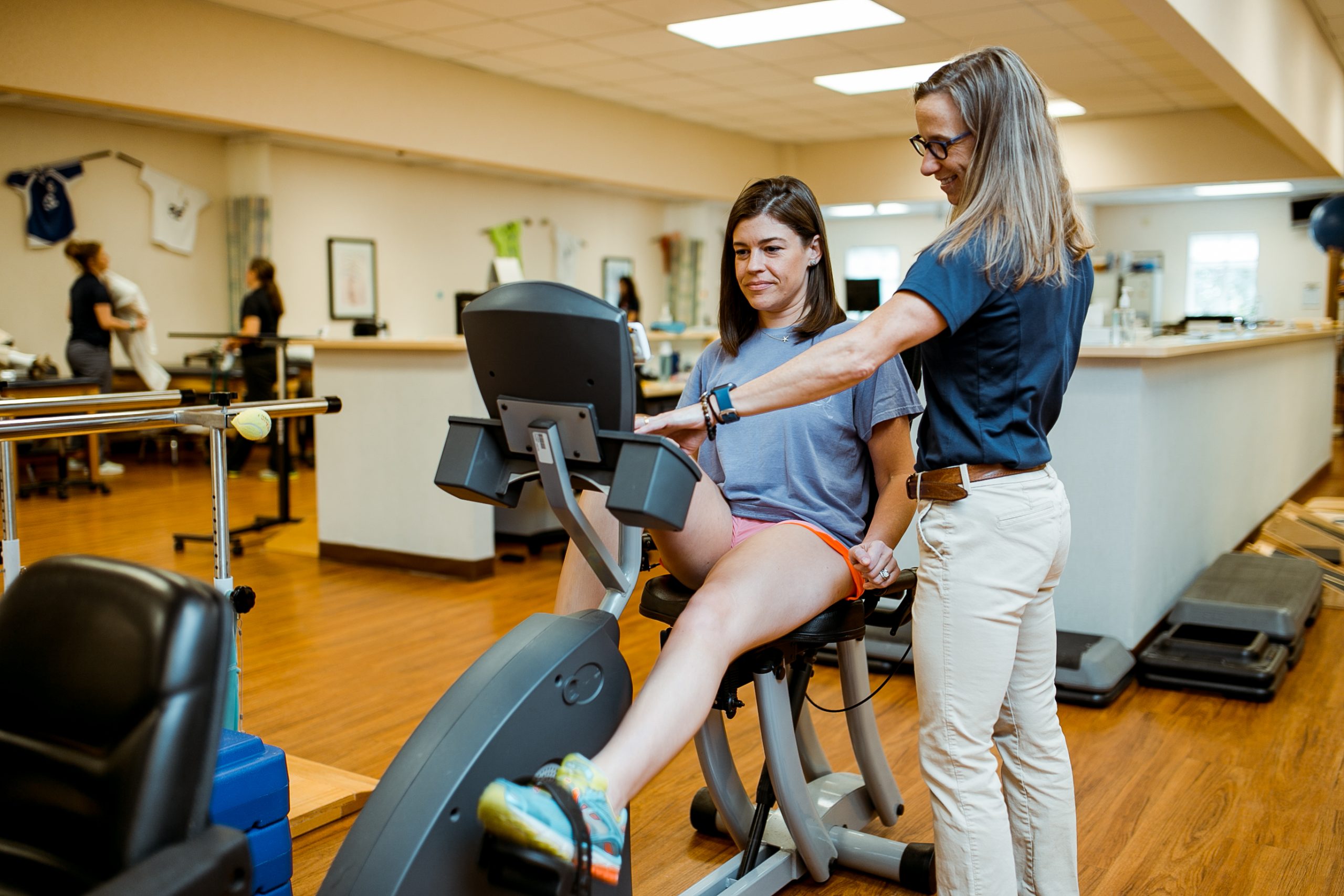Exploring the Complexities of Persistent Aches After Physical Traumas and Its Influence on Rehabilitation
Persistent pain is a significant issue that often results from athletic traumas, impacting numerous sportspeople and physically engaged individuals. When someone experiences a sports injury, such as a ligament injury, muscle tear, or fracture, the immediate reaction usually includes soreness and swelling. However, for some people, this pain does not go away after the damage recovers. Instead, they may continue to feel pain well beyond the initial injury. This ongoing condition is known as long-term discomfort, and it can be challenging to treat. Understanding the complexities of chronic pain is essential for both athletes and healthcare providers to ensure successful rehabilitation.
One reason chronic pain can develop after a sports injury is due to the body's reaction to tissue damage. When bodily structures are injured, the body sends out signals to alert us of the injury. This response includes swelling, which is part of the healing process. However, in some cases, this immune reaction can become heightened or extended, leading to persistent pain even when the damage has resolved. Additionally, mental health aspects like anxiety and low mood can contribute to how individuals perceive pain. Athletes may feel stressed about resuming athletic activity, which can affect their interpretation of discomfort.

Persistent discomfort can seriously affect an individual athlete’s rehabilitation journey. It can affect their ability to practice and perform at their usual levels. Sportspeople may end up incapable to participate in practices or games due to fear of aggravating their injury. This situation can lead to emotions of discouragement and isolation. When athletes cannot perform as they did before their injury, it may also undermine their mental health and self-esteem. Therefore, addressing both the bodily and emotional components of healing is crucial for overcoming chronic pain.
Multiple therapeutic approaches exist for addressing chronic pain following sports injuries. Medical professionals frequently recommend a blend of physiotherapy, medication, and complementary therapies like needle therapy or massage therapy. Rehabilitative exercise emphasizes improving muscle power and flexibility while managing discomfort through targeted exercises. Drugs such as anti-inflammatories or pain relievers may be prescribed to temporarily ease symptoms. Each patient’s informative post condition is unique; therefore, developing a personalized care strategy that accounts for personal requirements and goals is essential for successful recovery.
In conclusion, persistent discomfort following athletic trauma is a complex challenge that requires thorough consideration and intervention. It impacts click this link here now not only the physical component of healing but also the mental health of sports participants. By understanding the underlying factors and effects of chronic pain, patients and healthcare providers can collaborate effectively more effectively toward rehabilitation. With targeted clinical approaches and rehabilitative resources in place, a significant number of people can overcome persistent symptoms and return to enjoying their preferred physical activities fully.